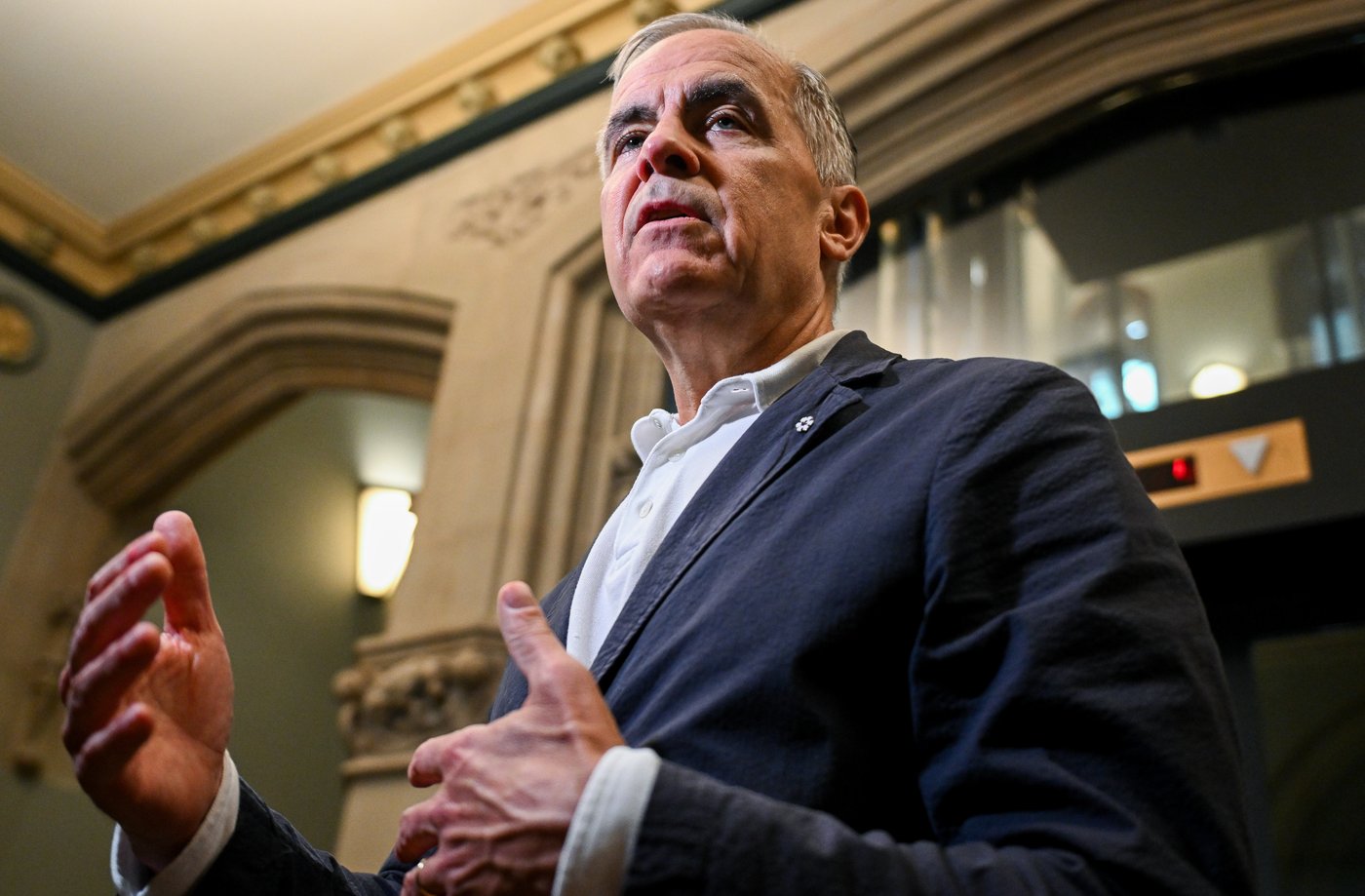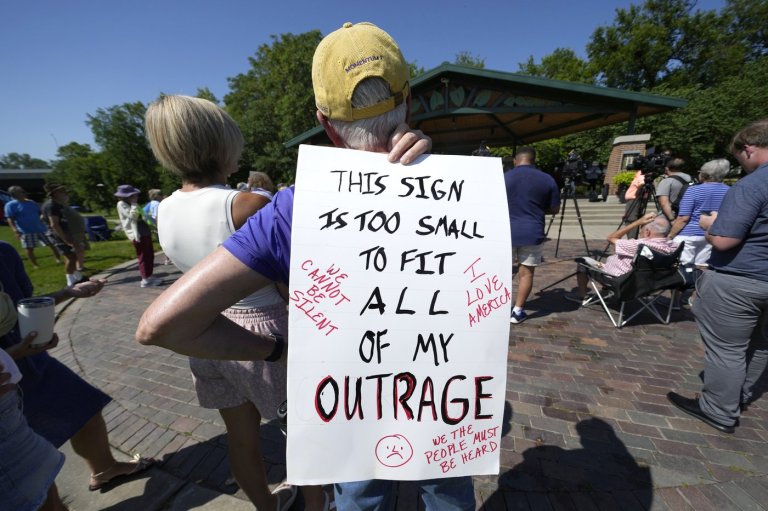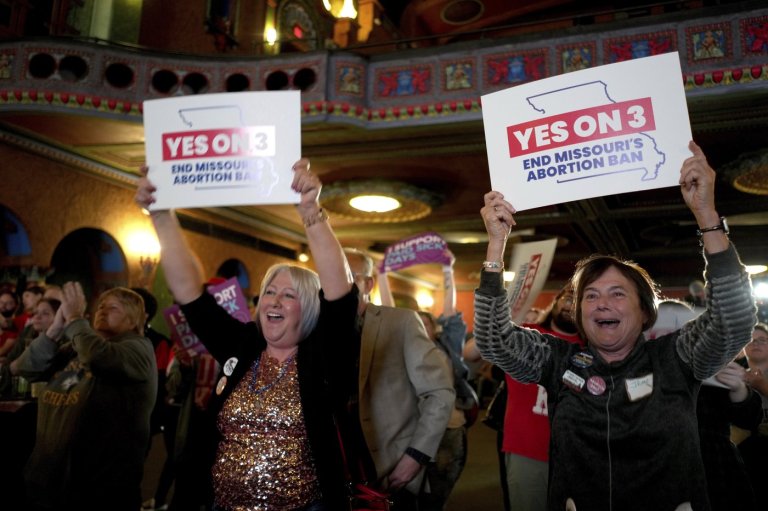
Defence spending to add ‘staggering’ sum to deficit by 2035, think tank warns
OTTAWA — The C.D. Howe Institute predicts Ottawa’s recently announced spending plans — which include a much bigger defence budget — will drive its deficits markedly higher in the coming years.
In a new analysis released Thursday, the think tank said it expects Canada’s deficit to top $92 billion this fiscal year, given Prime Minister Mark Carney’s plan to meet NATO’s defence spending target of two per cent of GDP.
C.D. Howe expects deficit growth to slow after this year but predicts deficits will still average around $78 billion annually over four years — more than double the level forecast by the parliamentary budget officer before the spring federal election.
But the report also considers this an “optimistic” scenario that takes into account “speculative savings” in the form of new revenues and cost-cutting efficiencies outlined in the Liberals’ spring election platform.
If those savings aren’t realized, C.D. Howe estimates the federal deficit would average closer to $86 billion per year over the same time frame.
Carney’s defence spending announcement in early June came with an extra $9.3 billion in spending this year. He made the commitment before NATO allies pledged at last month’s summit to ramp defence and security budgets up to five per cent of GDP by 2035.
C.D. Howe’s analysis sees defence spending adding a “staggering” $68.4 billion to the federal deficit a decade from now.
In addition to accelerating defence spending, the Liberals recently pushed forward legislation to speed up major project development and delivered a one point cut to the lowest income tax rate.
The Liberal government did not publish a spring budget this year and has said it will instead push the planned fiscal update to the fall.
In its report, the C.D. Howe Institute accuses Ottawa of making “costly commitments’ without showing the numbers to Canadians — but that’s not the only area where the think tank says the Liberals are falling short on accountability.
Carney also announced a plan earlier this year to separate Ottawa’s budget into capital and operating streams, and to balance the operating side of the equation in three years.
C.D. Howe said the rationale for introducing separate streams is “unclear” and could deal “a serious blow to transparency and accountability” if major changes are made to how the government defines capital or operating costs.
“Without clear standards audited by independent sources, this approach is ripe for abuse,” the report read.
The Canadian Press reached out to Finance Minister François-Philippe Champagne for comment but has not received a response.
C.D. Howe calls on the government to make steeper cuts to program spending and reduce federal transfers to provinces.
Parliamentary Budget Officer Yves Giroux also did not issue any deficit forecasts in a limited economic and fiscal update published last month. He blamed the lack of an update on Ottawa’s decision to forego a spring fiscal update and the fact that he still doesn’t know how the government is defining its operating and capital spending streams.
In pre-election estimates that did not account for the impacts of the trade war, the PBO predicted the federal deficit would come in at $42 billion for this fiscal year.
Giroux said in an interview with The Canadian Press in June that he now pegs that figure at between $60 billion and $70 billion.
This report by The Canadian Press was first published July 3, 2025.
Join the Conversation!
Want to share your thoughts, add context, or connect with others in your community? Create a free account to comment on stories, ask questions, and join meaningful discussions on our new site.














Leave a Reply
You must be logged in to post a comment.